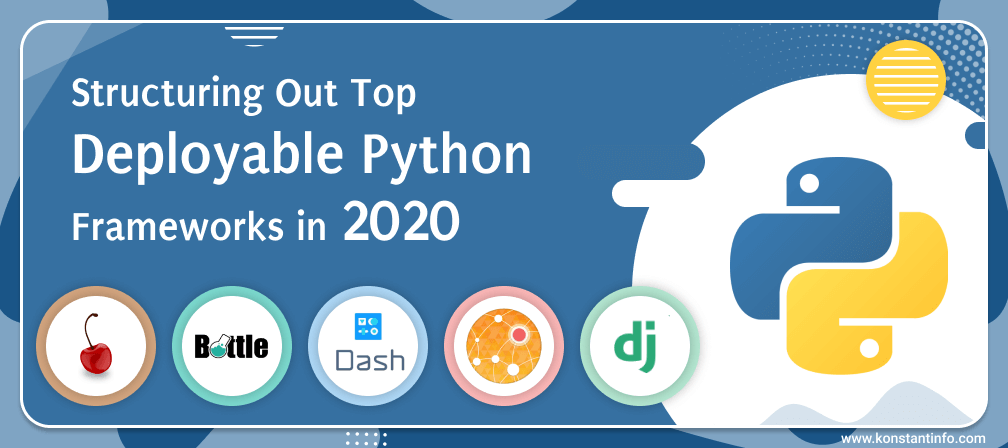
Table of Contents
The ultimate aim of using any web development framework is a clean, well-structured and result oriented web application that is as easy to maintain, as its development itself.
Web frameworks are a collection of packages or modules that are used as a basis to write code (along with a predefined code structure in form of pre-built libraries) and allows developers to write applications/services without the need to handle basic details like protocols, sockets, process/thread management, etc. (in short: Easing the heartache of writing everything from scratch)
Web frameworks can power the creation of medium to large sized websites. These leverage the Rapid Application Development (RAD) methodology easing out developers from using the repetitive code, leading to quicker and more structured web development process. Frameworks that leverage Model View Controller (MVC) are most in demand are preferable for the projects that demand contributions from multiple developers.
With the increased prevalence of AJAX, and the majority of web app frameworks being server-size technology have started picking AJAX code to ease out client side (user’s browser) end tasks. A developer typically writes a code that conforms to the conventions of the environment that lets them plug-into the framework. Such a code accounts for delegating responsibility for the communications, infrastructure and low-level stuff to the framework, still staying focused on the logic of the application in your own code.
Frameworks are so called as they support a number of activities during development. Right from easing tasks of the python developers, enabling them to use pre-defined libraries and references to making them use the old codebase and subsequently write less code to perform the same functionality. Moreover, it becomes easy to interpret requests (getting form parameters, handling cookies and sessions), storing data persistently, and producing responses (presenting data as HTML or in other formats) and likewise.
Comprehensive, non-trivial web applications require many abstractions. The frameworks that provide a complete solution for applications are known as full stack frameworks.
Frameworks are implemented to provide functionality in their code or through extensions to perform some basic operations that are required to run the web applications. These primary operations include:
Read also: Top Trending Web Development Frameworks in 2021
It is not necessary that every framework contains all the above features. Frameworks have to be on the spectrum from executing a single use case to providing every known web framework feature to every developer.
Certain frameworks also apply batteries included approach where it comes along with many features (extension included). With Django, web application framework developers are able to read, write and query the relational database in Python rather than in SQL. This framework requires some significant modifications on non-relational (No SQL) databases such as MongoDB or Cassandra.
Other web frameworks like Python and Flask make use of external Python libraries and can thus be easily used with non-relational databases.
The decision to make use of a python web application framework depends upon the developer’s experience with the framework and the features required in the applications.
Open source libraries like Wekzeug for WSGI plumbing can be mixed and matched with your own code to create your own framework. Python ecosystem has got a lot to offer that can satisfy the needs of web developers like Django, Bottle, Flask, Pyramid and some others.
Naïve programmers who need to work on a web application as a learning project understand the concepts like URL routing, data manipulation, and authentication that are central to many problems. Experienced programmers might feel that their project requirements are not met with existing frameworks.
Read also: Python vs. Node.js: Which Will Ameliorate Your Project Better?
Full Stack Framework, Micro framework, and Asynchronous Framework
(Here is a definitive list of python frameworks (in no particular order) to check out in 2021
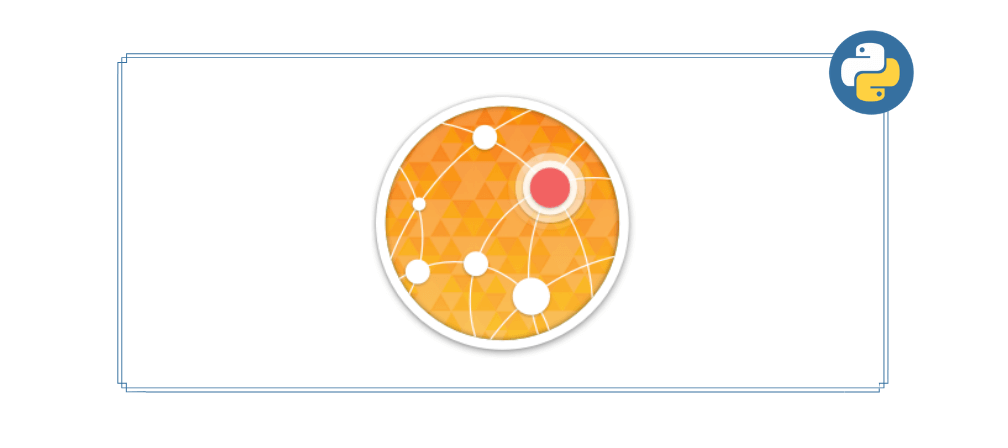
It allows building views, has middlewares support, pluggable routing supports both Client WebSockets and Server WebSockets without the Callback.
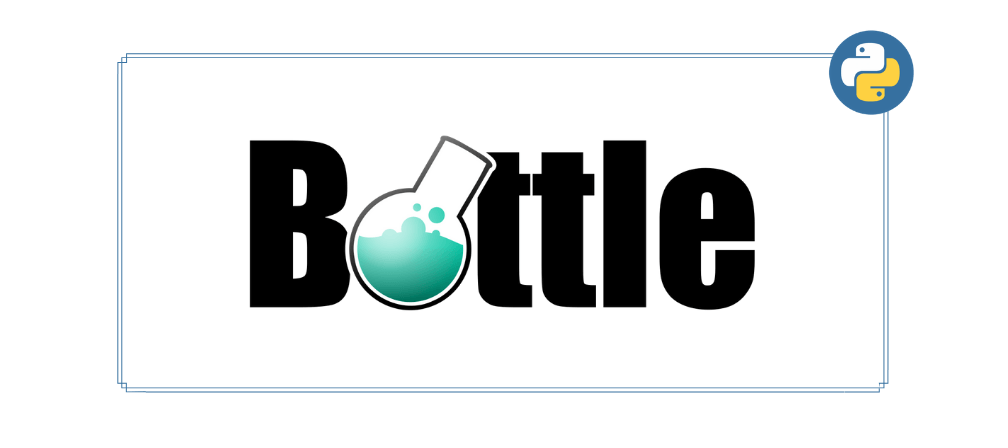
It has adapter support for 3rd-party template engines and WSGI/HTTP servers. It allows simple access from cookies, data, file uploads, and other HTTP-related metadata. It has built-in HTTP server, plugin support for different databases and provides request-dispatching routes having URL-parameter support
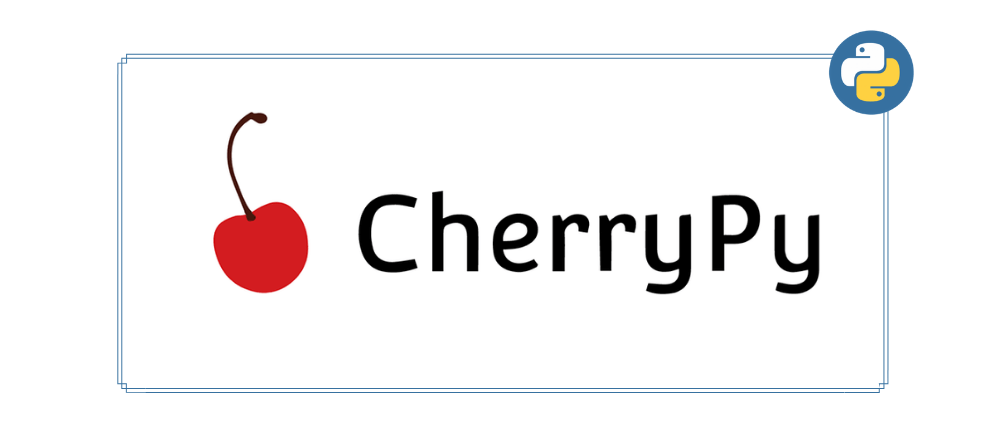
It contains numerous out-of-the-box tools for authentication, caching, encoding, sessions, static content, and much more. It features a flexible built-in plugin system. It has HTTP/1.1-compliant WSGI thread-pooled web server. It has inbuilt support for coverage, profiling, and testing and offers simplicity for running multiple HTTP servers simultaneously. It has a powerful configuration system and runs only on Android as of now.
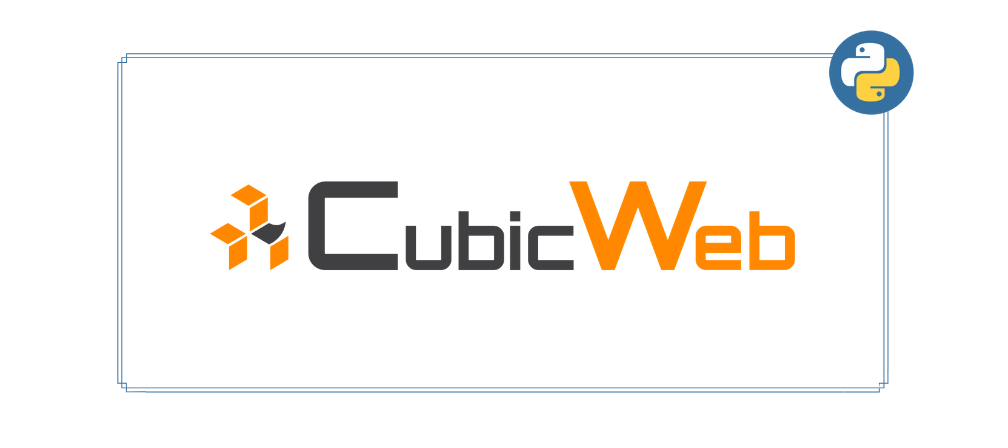
Makes use of OWL (Web Ontology Language) and RDF (Resource Description Framework) support, it has a library of reusable components (data model and views), a selection+view mechanism for semi-automatic XHTML/XML/JSON/text generation, security workflows, simplified data-related queries with RQL (Relational Query Language) embedding and support for multiple databases.
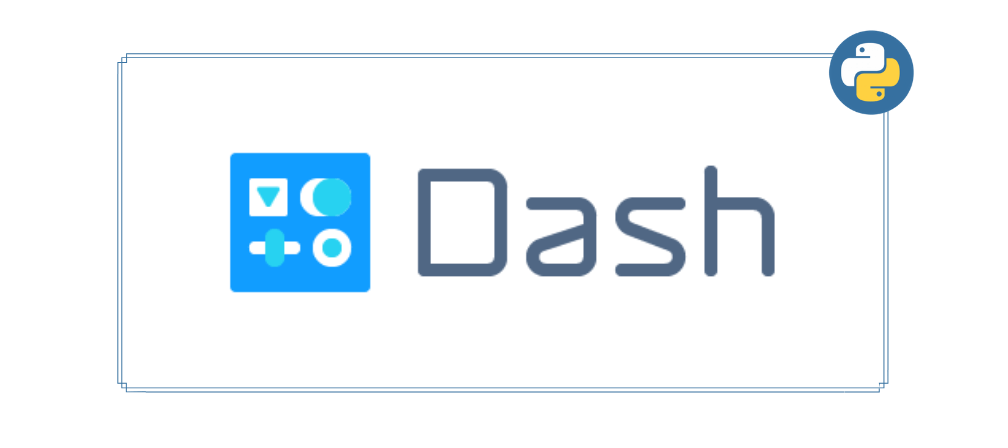
One of the best dashboard frameworks for Python, Dash is used for building analytical web applications, without the need to use JavaScript. It has its own deployment server for error handling. It is customizable, has LDAP integration (Dash Deployment Server), plugin support, simple interface for tying UI controls and including dropdowns, graphs, and sliders and URL routing (Dash Deployment Server)
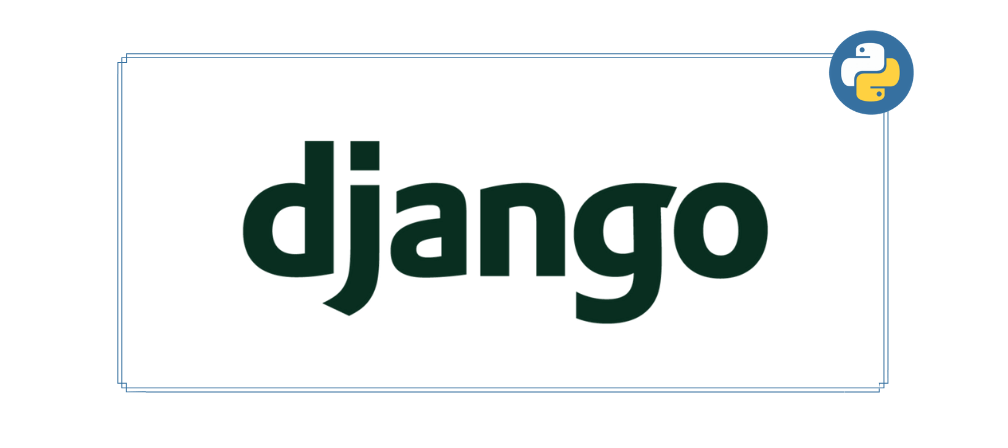
Takes care of precision and promotes rapid development for meeting deadlines, has numerous ready-to-use libraries, is reassuringly secure with authentication support, encourages database schema migrations, has object-relational mapper (ORM), supports web servers, template engine, and URL routing.
Many other python frameworks for web application development that follow a model-view-template architectural pattern and can be used by naïve or experienced programmers with intermediate competence in the high-level, interpreted programming language are:
In order to appreciate all (or most) of the above mentioned Python frameworks, you need to have at least intermediate deftness in the high-level, interpreted programming language.
Without deflecting from the responsibility to appreciate every python front end framework from the above list, it is important as well as advisable to have a basic understanding of high-level programming (prevalent languages), that can be combined, to bring out the best from these frameworks. We have devoted lots of efforts and contemplated with the above frameworks. Interested in designing or developing websites? Reach us to get a free consultation!
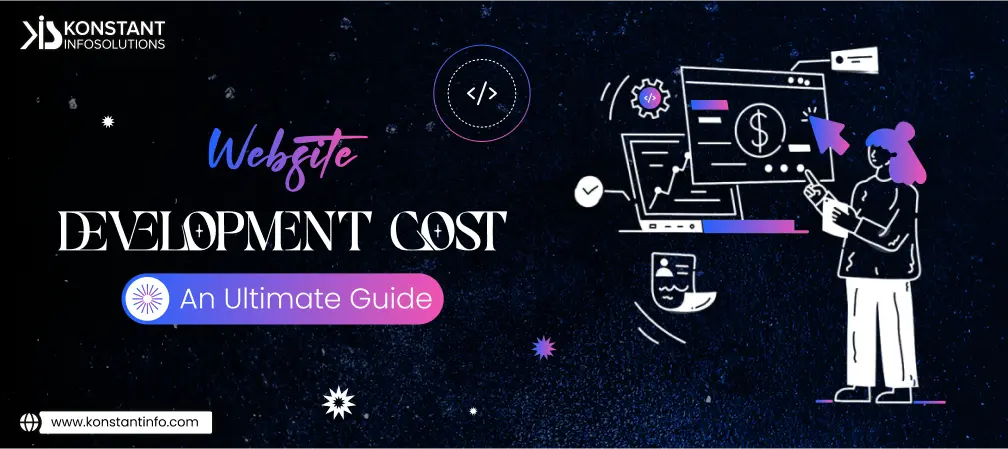
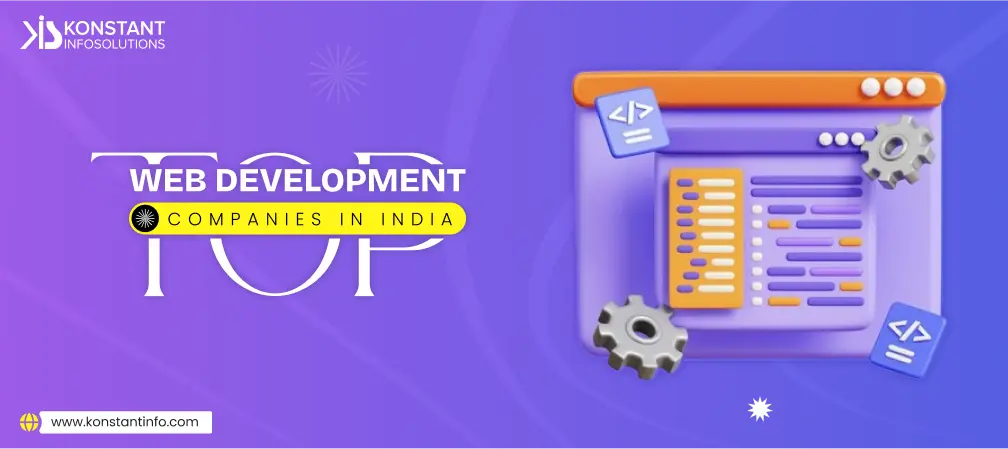
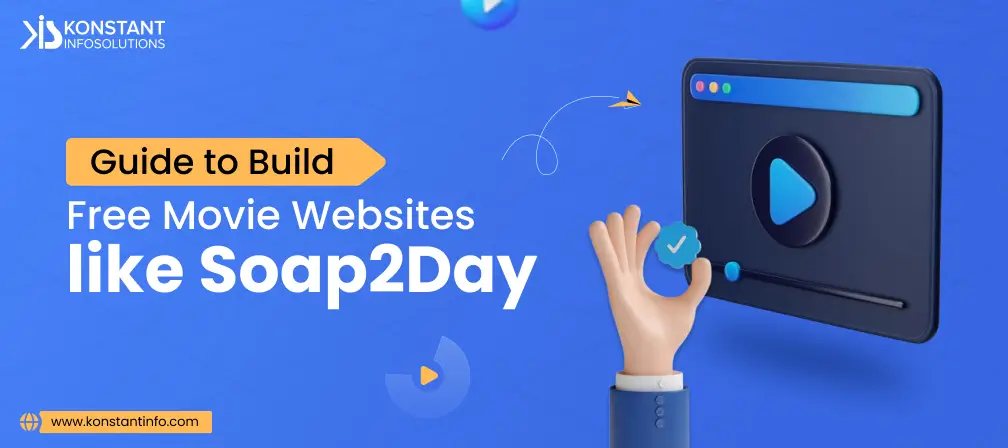
Neeti Kotia is a technology journalist who seeks to analyze the advancements and developments in technology that affect our everyday lives. Her articles primarily focus upon the business, social, cultural, and entertainment side of the technology sector.
Or send us an email at: [email protected]